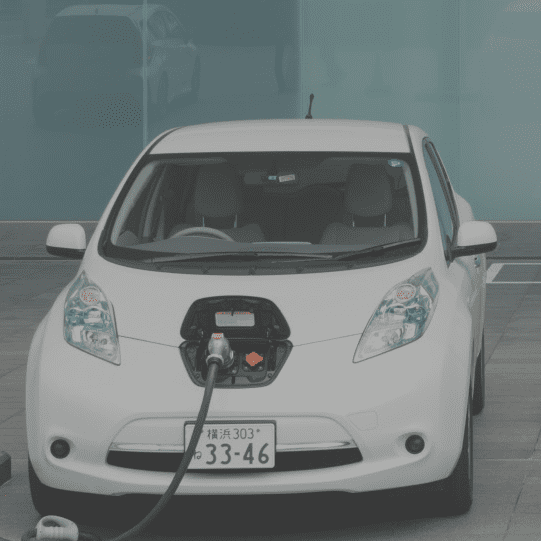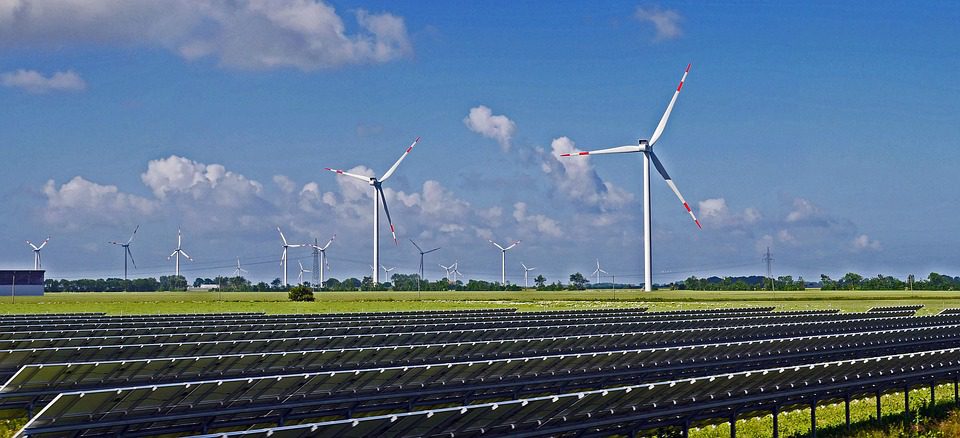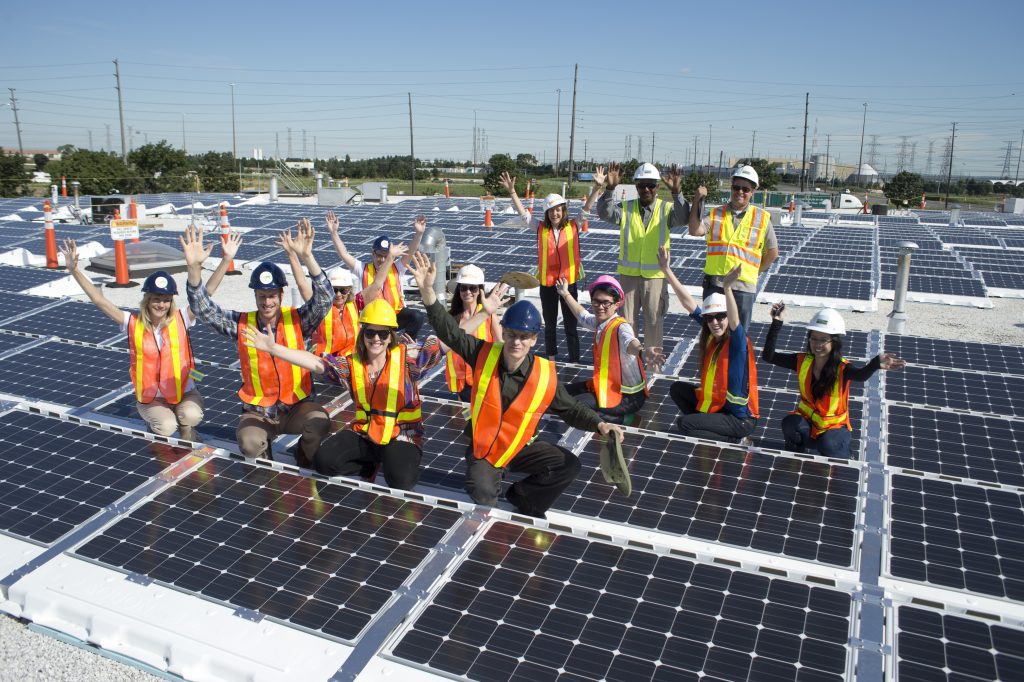In December 2016, the Ontario Government released a draft regulation on the Ontario Climate Change Solutions Deployment Corporation (OCCSDC). The OCCSD, once referred to as a “Green Bank”, is the newest provincial organization designed to combat climate change, and reduce Ontario’s carbon emissions. Specifically, the OCCSDC is a low-carbon service provider and financing entity – and if correctly structured – will significantly increase the uptake of energy efficiency and fuel switching opportunities. A properly structured OCCSDC will lead to reduced greenhouse gas emissions (GHGs), achieve economic savings, make communities more resilient, and create green jobs.
The Clean Economy Alliance – a multi-sector coalition of over 100 organizational members including health advocates, labour unions, clean technology firms, environmental groups, and businesses invited Karen Glitman, Director of Policy and Public Affairs at the Vermont Energy Investment Corporation (VEIC) to share some lessons from VEIC, as they are often cited as a model Ontario should emulate. We’re pleased to share Karen’s smart, timely recommendations for the Ontario Climate Change Solutions Deployment Corporation below.
Mikayla Wujec
Clean Economy Program Coordinator
Karen is the Director of Strategy, Policy, and Public Affairs at the Vermont Energy Investment Corporation (VEIC).
In this role she leads the policy development and strategic direction of the organization in the promotion of electric, thermal and transportation efficiency.She was VEIC’s first Director of Transportation Efficiency where she developed and oversaw the strategic direction for VEIC transportation efficiency efforts including founding Drive Electric Vermont.
She served as the Director of the University of Vermont National University Transportation Center (UTC) and interim co-director of the University of Vermont Transportation Research Center and is the author of numerous publications focusing on transportation energy use, grid-interactive vehicles and incorporating health impacts in transportation and energy policy.
Sustainable energy utilities (SEUs)—entities that provide consumers, municipalities, and businesses with trusted technical assistance and prudent, fair financial assistance for reducing fossil fuel energy use—have done a good job so far in achieving cleaner air, economic savings, more durable buildings, and job creation. Ontario’s forthcoming Climate Change Solutions Deployment Corporation (OCCSDC) offers a solid opportunity to bring something new to the expanding world of clean energy: It could combine access to electric energy efficiency, space heating and cooling efficiency, renewable energy, and transportation efficiency, all under one roof.
If this were to happen, it would be not just big news, but a big plus for Ontario residents, businesses, and municipalities.
By starting a comprehensive (or “economy-wide”) cap-and- trade program, Ontario will enter a marketplace that recognizes pollution reductions from all polluting sources, including transportation. Building a sustainable energy utility – the OCCSDC – means that, unlike continuing with business as usual, Ontario is now more likely to achieve its 2030 greenhouse gas reduction goals.
How will it work for the consumer?
The signature element of successful SEUs is that energy efficiency and renewable energy have to be easy for consumers to learn about, understand, and adopt. The SEU administrator can and should take care of all of the complexity that the SEU customer—that is, the homeowner, business owner, or municipality—is likely to encounter in undertaking a project:
- Meeting customer needs
- Scoping appropriate products for those needs
- Knowing the good and bad about the latest technologies
- Understanding contractors
- Providing incentives
- Offering financing
- Carrying out quality control procedures
These should all be part of a one-stop experience for the customer, and should be as easy as getting a car loan.
Speaking of cars, what about transportation customers?


What about societal benefits?
The OCCSCD must become a trusted partner with nonprofit groups and local government agencies, to ensure that the hard-to- reach multifamily and residential markets are fully served. Without such partnerships, sustainable energy programs run the risk of restricting themselves to only those who can afford to pay.
An SEU can effectively guide market development, and should be vigilant in supporting consumer protection and customer equity. Investments in customer-owned energy facilities can dramatically lower customer costs, increase the reliability of affordable energy access to vulnerable populations, and deepen system resilience. Without a clear commitment to investment strategies that make those services available, these customers could actually be worse off than they are in the current energy delivery system.
Recommendations for the Ontario Climate Change Solutions Deployment Corporation:
- More than one implementer. Ontario’s scale suggests that having two low-carbon SEUs—a rural one and an urban one—will encourage market competition and improvements.
- Research and development. The new entity(ies) must annually invest in research to stay on top of technology and programmatic innovations, and to continuously improve.
- Market transformation. Changing the energy system via two well-scaled SEUs means pulling the market’s economic levers with their investments.
- Performance-based contracts. VEIC has administered Vermont’s statewide SEU for 18 years, with a pay-for- performance provision that contains:
1. Cost reimbursement for actual costs of delivered efficiency services
2. A modest operations fee to cover additional expenses for providing services
3. “At risk” compensation earned at the end of designated performance cycles, and applicable only if the SEU has met 9 minimum performance requirements, and certain metrics for 6 quantifiable performance indicators.
- Embed customer equity and social justice in the energy system. These two societal objectives cannot happen unless the missions of the energy supply utility and the SEU(s) are clearly aligned on making vulnerable populations a service priority.
- Measure and value improvements in population health. Clean-energy measures improve population health. Incorporating those benefits early in SEU culture will help define and communicate the “why” of this work.
You can view the Clean Economy Alliance Submission to the OCCSDC here.










